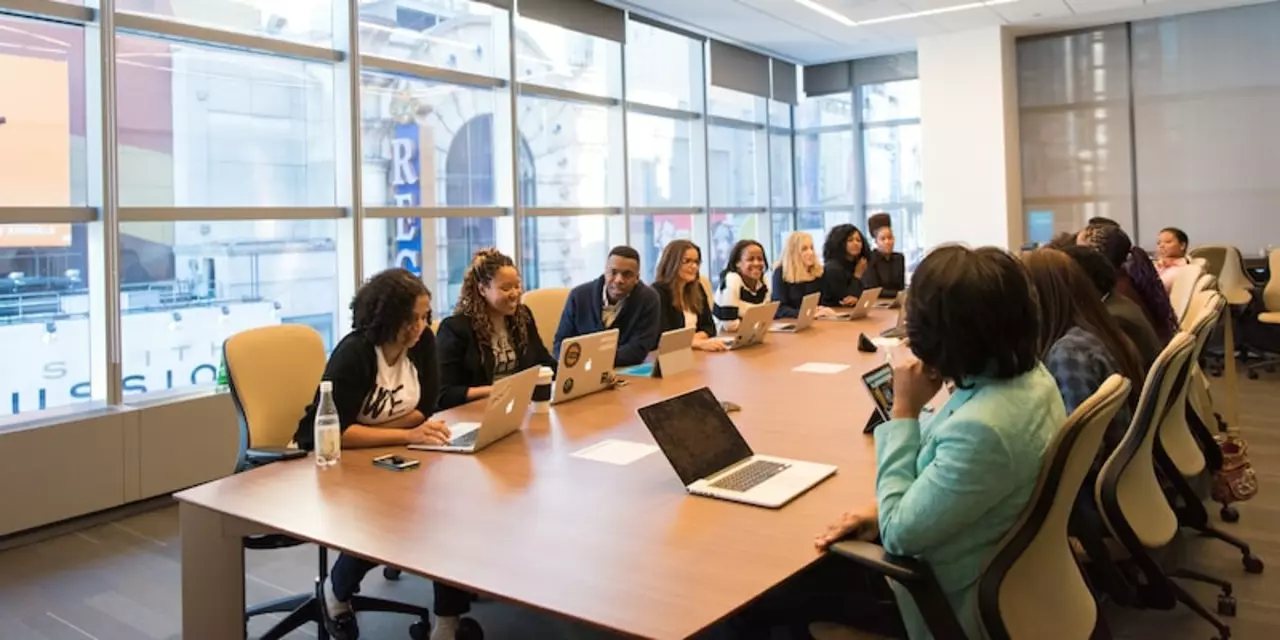Race and Ethnicity in Professional Cycling
When talking about Race and Ethnicity in Professional Cycling, the way racial and ethnic backgrounds affect participation, performance and visibility in elite bike racing. Also known as Cycling Diversity, it brings together issues of representation, access to cycling resources, and the cultural narratives that shape who gets to race at the top level. This blend of sport science, sociology and community activism makes the topic both complex and urgent.
One of the most visible gaps is the tiny pool of Black professional road cyclists, athletes of African descent who compete in the WorldTour and other top‑level events. Their scarcity isn’t just a statistical quirk; it reflects a cascade of barriers. Early‑stage exposure to bike racing often depends on local clubs, school programs, and family support—all of which can be limited in under‑served neighborhoods. When you add the cost of a race‑ready bike, training camps, and travel, the financial hurdle becomes a decisive factor. In short, representation in pro cycling is tightly linked to access to resources and the visibility of role models.
Financial barriers are more than just price tags; they shape the entire pipeline from grassroots to podium. A study from the UK Cycling Federation showed that riders from lower‑income families were 60% less likely to enter a development program. This disparity feeds a feedback loop: fewer diverse racers mean fewer stories in the media, which in turn reduces sponsorship interest for emerging talent. The lack of sponsorship also limits the ability of teams to scout and support riders from varied backgrounds. Sponsorship equity, fair distribution of financial and material support across athletes regardless of race or ethnicity, therefore becomes a key lever for change.
Beyond money, cultural perception plays a huge part. In many communities, cycling is still seen as a niche sport for a specific demographic. Without visible success stories, young athletes may never consider a bike as a career tool. Initiatives that bring bikes to schools, create community rides, and highlight the achievements of Black cyclists are essential to break that mental barrier. When local role models appear on the world stage, they reshape the narrative and inspire the next generation. In the collection below you’ll find deep dives into why these gaps exist, real‑world examples of programs that are closing them, and practical steps anyone can take to support a more inclusive peloton.
